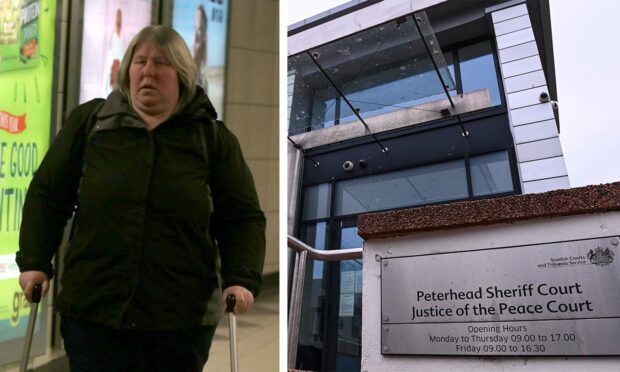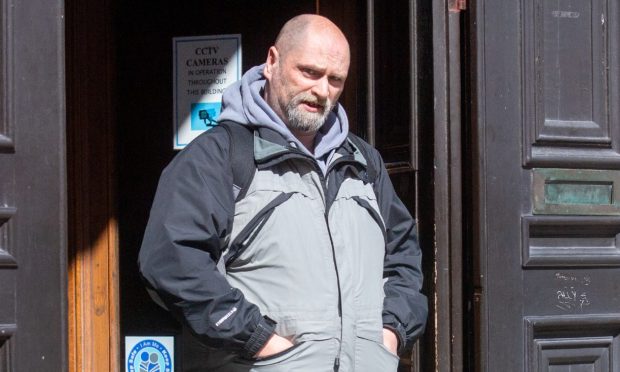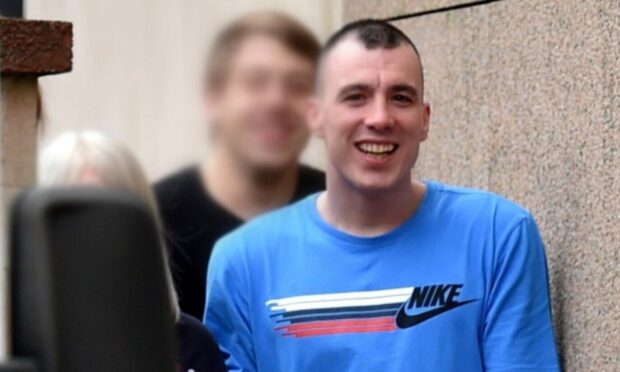The nurse in charge of the care of a 72-year-old woman who died in an Inverness home told an inquiry that her team did not have enough training to look after her.
Christina Wilson, from Avoch, was admitted to Highview House Care Home from Raigmore Hospital on May 16, 2013 – but died three weeks later. Her family lodged a complaint with the Care Commission about her care at the home.
The home’s manager at the time, Karen Rose, told a fatal accident inquiry at Inverness Sheriff Court yesterday that she conducted the pre-admission asessment for Mrs Wilson in line with policy set out by the nursing home’s owner, Barchester Healthcare Homes Ltd, in order to ensure Highview could meet her care needs.
Specialist nurses from NHS Highland went to the home to train nursing staff at the home on how to change her nephrostomies – articial openings between the kidney and skin to enable urinary diversion – and how to observe any signs of infection.
A post-mortem confirmed the cause of her death was kidney disease and urinary tract infection.
Yesterday at Inverness Sheriff Court, the lead nurse on Mrs Wilson’s floor, Mary Maclennan, told the inquiry that staff said the pensioner was often “quite agitated” and continually taking her urinary stoma bags off and that it was “quite hard” to get her to drink anything.
The 59-year-old added: “In hindsight we just did not have the training to look after her. Specifically, in relation to nephrostomy tubes coming out of her back and her kidneys. Some of them (nurses) had never done it before.”
When asked about Mrs Wilson’s agitation by solicitor advocate Natalie McCartney, acting for the care home manager, Ms Maclennan said: “It was quite a straightforward process but Mrs Wilson did not like any direct care. I thought she was quite ill to come to a nursing home when we did not have the experience.”
Mrs Wilson resided in sheltered accommodation prior to her hospital admission and had extensive medical problems, according to a joint minute of agreement produced before Sheriff David Sutherland.
The minute of agreement said Mrs Wilson had developed cervical cancer and had kidney issues in the past, and that she had 10 hospital admissions between January 2011 and her death on June 8, 2013. She also had multiple urinary tract infections and contracted E-coli.
It said she was deemed fit to be transferred to Highview following a consultant review but that she was frail and prone to infection.
Ms Rose told the court that the changing of stomas should be “basic nursing care” and that qualified staff should have been aware of what symptoms to look for in a urinary tract infection.
Ms Rose also admitted there were staffing problems at the home, and that she worked for the Care Commission for eight years before taking the manager job at High View.
The inquiry continues.










